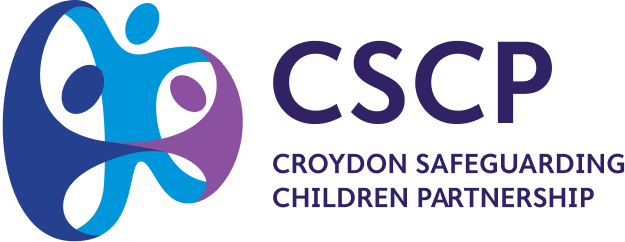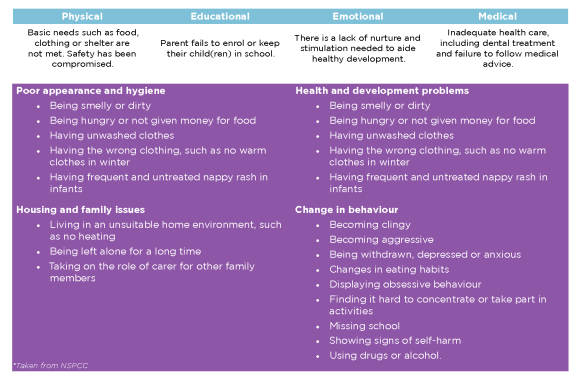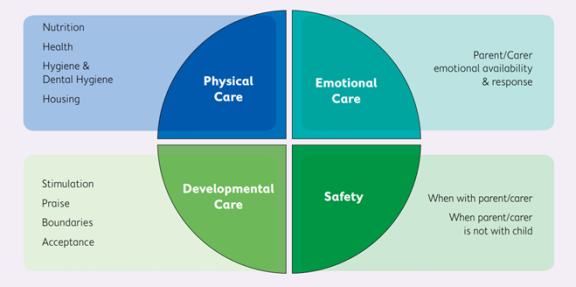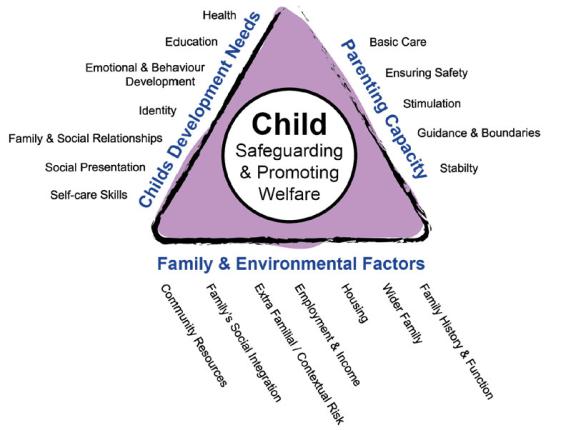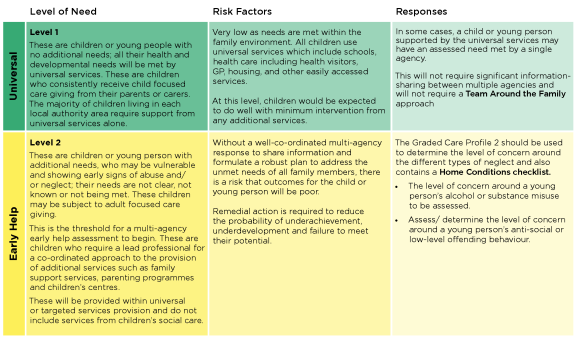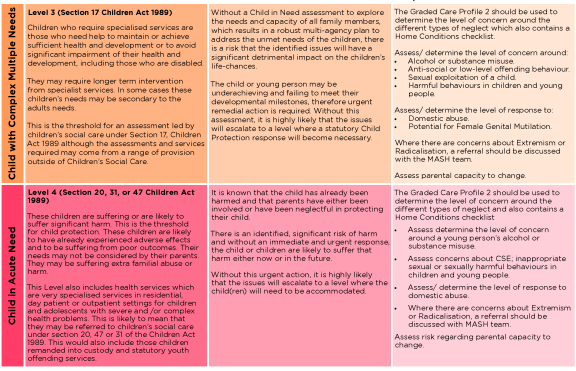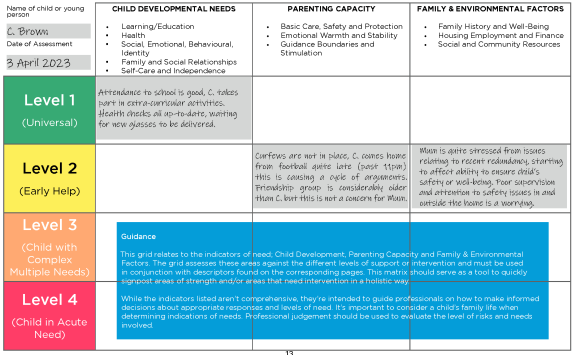Safeguarding and promoting the welfare of children can be defined as:
- Protecting children from maltreatment
- Preventing impairment of children’s health or development
- Ensuring that children grow up in circumstances consistent with the provision of safe and effective care
- Taking action to enable all children to have the best outcomes
Working Together to Safeguard Children sets out a clear expectation that local agencies will work together and collaborate to identify children with additional needs and provide support as soon as a problem emerges.
Providing early help is far more effective in promoting the welfare of children – and keeping them safe – than reacting later when any problems, for example, neglect, may have become more entrenched. The importance of using a child-centered approach in following the child’s journey is also emphasised. All services that are provided must be based on a clear understanding of the needs and views of the individual child in their family and community context.
This guidance should be used in conjunction with The London Child Protection Procedures. The continuum of need matrix does not provide an exhaustive list but provides examples that can be used as a tool to assist assessment, planning, and decision-making when considering the needs of children and their safeguarding needs. When assessing needs and risks, it’s essential to consider any safeguarding indicators of concern in conjunction with any related needs. Keep in mind that some children may have additional vulnerability due to their disability or complex needs, and it’s crucial to evaluate parental response to the child’s vulnerability. For some areas of need, there may be specialist tools available to assess those needs such as the Graded Care Profile 2 and the CAADA DASH domestic violence risk assessment tool. Additional guidance and training can be found on the London Safeguarding Children Partnership website.
Remember – where there is an urgent and immediate need to protect a child, dial 999 to contact the Police. Otherwise for all other children who may be at risk of significant harm, contact the relevant Local Authority, Children’s Social Care Service as soon as possible.
